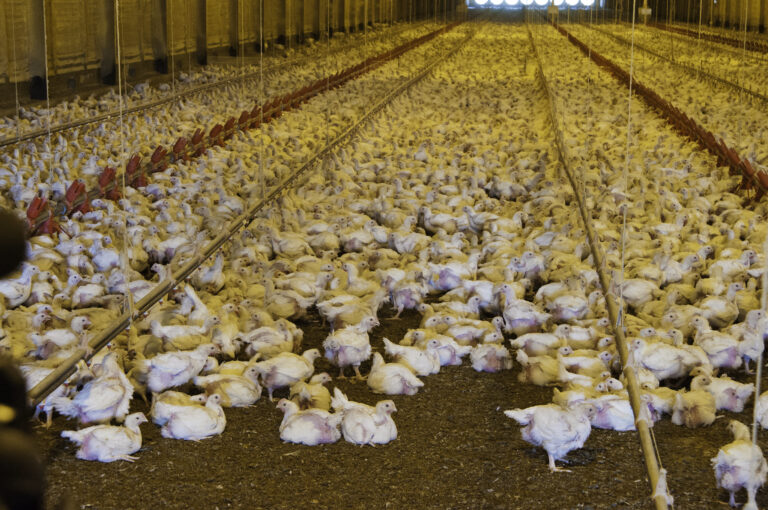Jack Goldsmith is the Learned Hand Professor of Law at Harvard Law School, where he teaches and writes about national security law, international law, internet law, and, recently, labor history. Before coming to Harvard, Professor Goldsmith served as Assistant Attorney General, Office of Legal Counsel from 2003-2004, and Special Counsel to the Department of Defense from 2002-2003.
Earlier this year, labor historian Melvyn Dubofsky gave a very pessimistic assessment of the prospects for the American labor movement. “Given the current alignment of forces domestically and globally,” he concluded, “I find it hard to conceive of any tactics or broader strategy through which the labor movement might re-establish its former size, place, and power.” Rick Yeselson has written an implicit response. He proposes a “Fortress Unionism” strategy during the period of labor’s stasis and decline, a period he thinks will end only when “the workers themselves militantly signal that they want unions.” Fortress Unionism has five tenets: (1) Defend the remaining high-density regions, sectors, and companies; (2) Strengthen existing union locals; (3) Ask one key question about organizing drives: Will they increase the density or power of existing strongholds?; (4) Sustain coalition work with other progressive organizations; (5) Invest heavily in alt-labor organizations, especially Working America.
With the possible exception of (5), Fortress Unionism seems like a defeatist strategy that will worsen’s labor’s plight. Jimmy Hoffa would have agreed with Yeselson’s commentator Cato Uticensis: “the answer to ‘what is to be done’ is the same as it ever was: organize and fight.” But perhaps a better (though not a complete) answer for the modern labor movement is provided in the comments by Jefferson Cowie, author of the great 1970s labor history, Stayin’ Alive, who said: “As for the future, one word: immigrants.”






Daily News & Commentary
Start your day with our roundup of the latest labor developments. See all
December 15
Advocating a private right of action for the NLRA, 11th Circuit criticizes McDonnell Douglas, Congress considers amending WARN Act.
December 12
OH vetoes bill weakening child labor protections; UT repeals public-sector bargaining ban; SCOTUS takes up case on post-arbitration award jurisdiction
December 11
House forces a vote on the “Protect America’s Workforce Act;” arguments on Trump’s executive order nullifying collective bargaining rights; and Penn State file a petition to form a union.
December 8
Private payrolls fall; NYC Council overrides mayoral veto on pay data; workers sue Starbucks.
December 7
Philadelphia transit workers indicate that a strike is imminent; a federal judge temporarily blocks State Department layoffs; and Virginia lawmakers consider legislation to repeal the state’s “right to work” law.
December 5
Netflix set to acquire Warner Bros., Gen Z men are the most pro-union generation in history, and lawmakers introduce the “No Robot Bosses Act.”